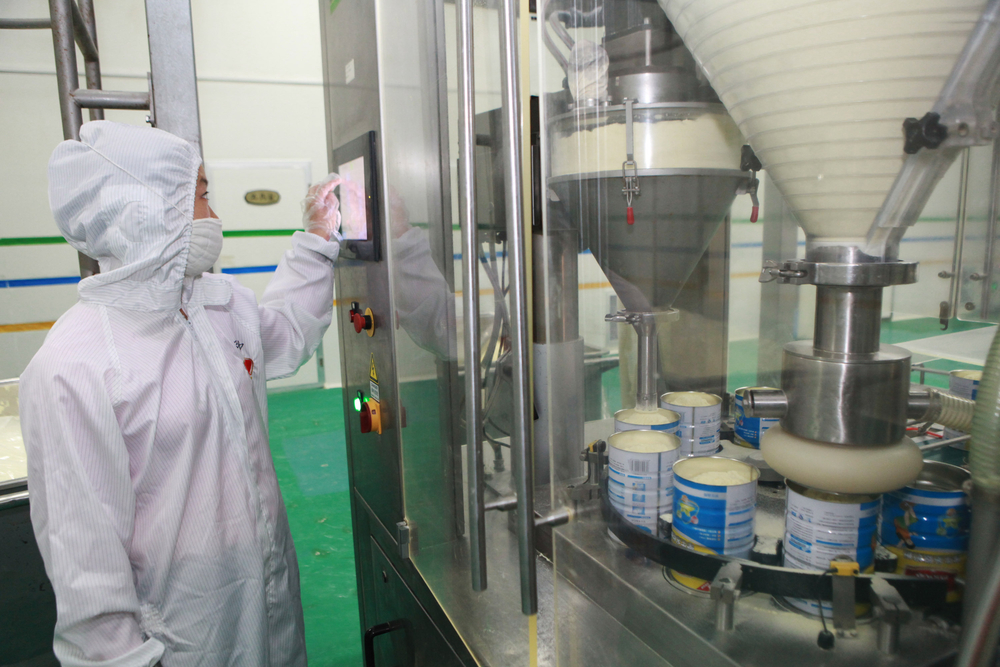For more information on how our specialist dust explosion consultants can help your organization with NFPA 61 compliance, please contact us on 609-455-0001 or email us at: [email protected].

NFPA 61 is relevant to all businesses that handle or process dry agricultural bulk materials. We explain here what NFPA 61 is all about, it’s relevant to the food and agriculture sector, and how Stonehouse can assist your business with compliance.
NFPA 61 is a technical standard prepared by the National Fire Protection Association (NFPA) that provides information to help you identify and manage fire, flash fire, and explosion hazards of combustible dusts and particulate solids found in agricultural and food processing.
NFPA 61 sets out to provide guidance on the minimum general requirements to:
NFPA 61, if properly adopted and implemented, will help you protect your facility, protect your community and environment, and will assure your production and operating capability for the long-term.
NFPA 61 is an industry-specific standard that is referenced by NFPA 652, Standard on the Fundamentals of Combustible Dusts. It sits alongside the other industry-specific standards NFPA 484, NFPA 654, NFPA 655 and FPA 664 that cover such industries as metals, chemicals, sulphur and wood processing/ woodworking facilities.
Dust cloud flash fires and explosions can occur when combustible dust is dispersed in the air in sufficient concentration. They can happen in and around equipment such as powder conveyors, hoppers, silos, mixers, blenders, dryers, sifters, dust collectors/ bag houses and packaging machines.
Factors required for a dust explosion:
As the owner or operator of a facility within the agricultural/ food sector, your responsibilities under NFPA 652 and NFPA 61 are as follows:
You will certainly need to have performed a DHA (Dust Hazards Analysis) and recorded the findings (the deadline was June 2022).
Our specialist fire and explosion consultants can bring to bear their knowledge, experience, and practical approach to guide you along the whole journey from Dust Hazards Analysis (DHA) to hazard elimination and control of risk. Our objective: to ensure you move to compliance in a safe, cost effective, and efficient way. Specifically, we can assist with:
For more information on how our specialist dust explosion consultants can help your organization with NFPA 61 compliance, please contact us on 609-455-0001 or email us at: [email protected].

To learn more about our expertise and services in dust explosion prevention & mitigation, call us at +1 609 455 0001 or email us at [email protected] today.
We also offer tailored virtual and in-company process safety training programs on Dust Explosions, Static Electricity and HAC (Hazardous Area Classification) and more. Find further information here.
* indicates required fields